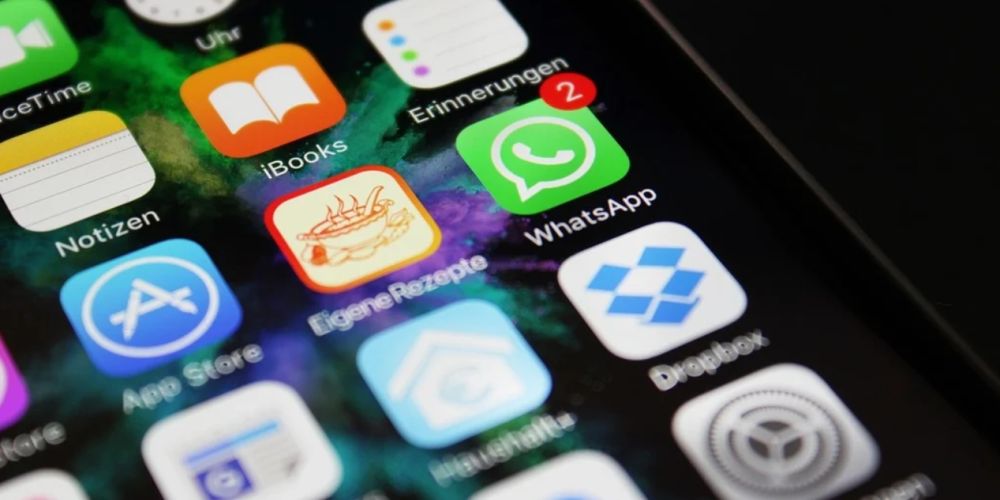WhatsApp Retains Classic UI Elements Amid User Preferences
- 2024-04-19 10:30

In the dynamic world of mobile applications, change is often the only constant. WhatsApp, the encrypted messaging titan, is no stranger to innovation, constantly upgrading its features and interface to enhance user experience. However, not all changes are embraced by users, which was the case with a recent update to WhatsApp's Online and Typing indicators. After an experimental phase with a select group of beta testers, WhatsApp faced user feedback that prompted a reconsideration of their latest UI tweak.
The world of digital communication is highly competitive, and applications such as WhatsApp are in a continual state of evolution, introducing modifications that aim to improve functionality and aesthetic appeal. In WhatsApp's case, the focus has recently been on refining its UI design to create a cohesive and modern experience for its massive user base. One such detail under review was the capitalization of the first letters in the Online and Typing status indicators, which stood out as a significant departure from the lowercase norm found across most similar apps.
However, this modification proved to be less than popular among WhatsApp patrons. Users expressed their opinions vocally, pointing out that the new design felt intrusive and overcrowded, potentially overshadowing profile pictures. Others remarked that it detracted from the classic WhatsApp layout, which has become a familiar visual landscape for millions globally. This feedback is a testament to the importance of app consistency and the comfort users find in familiar UI elements.
In response, WhatsApp's parent company, Meta, took note of the user sentiments and has decided to revert back to the traditional lowercase indicators. Their receptive approach to audience feedback shows a willingness to prioritize user satisfaction over design renovations, especially when the updates do not resonate well with their audience. However, in the fast-paced tech industry, there's always a possibility of reintroducing such changes, perhaps in a manner that is more subtle or better integrated into the app's overall design scheme.
The delicate balance between innovation and user satisfaction is a challenge for app developers, and WhatsApp's recent reversal is indicative of the weight that user feedback holds. As the app returns to its familiar lowercase online and typing indicators, the incident serves as a reminder to tech companies that while advancements are essential, maintaining core UI elements that users have grown accustomed to is equally crucial. With the indicators returning to their original state, the focus now shifts to future updates and how WhatsApp will continue to evolve while keeping the essence of its user-friendly design intact.





